<Back to News Home
Warbird Part Three…Peaking and Tweaking- by Grannygear
Seldom do purely stock bike builds work for me 100%. Something has to be adjusted, tweaked, and peaked. A saddle or a set of tires, maybe a handlebar. Sometimes it might be something more drastic like gearing changes. Now, since this was a frame up build I did begin with the scales tipped to my advantage, but there were things I needed to work through, mostly because I did not know what I would or would not like, this being a new type of bike experience for me.
So after the initial buildup and many rides, I could see that I had to massage things a bit. First on the list were the tires.
There is nothing so critical to making your ride experience the best it can be as getting the tire selection right . Tires are your first and only point of contact to the ground, be it pavement or dirt. Get that wrong and nothing will make up for that. My first set of tires were the Specialized Trigger Pros in a 38mm, folding version. At 489g, the Trigger Pro with that file center tread and micro side knobs was a fast, fast tire. On pavement and smooth dirt it was very good, rolling with little noise and cornering with a decent amount of grip, considering. But where they let me down was in volume. They really were only a 35mm wide tire. And I found that was a bit limiting on our scrabbly, sandyish dirt here. Seldom do we have pure hardpack soil, although some parts of So Cal do. But really, more tire volume is something that just works for you in magic ways. It allows for lower tire pressures, lets the tire conform to the trail better, and saves your body from a lot of beat down. I know we obsess over frame compliance, but the tires do waaaaaay more in that regard than any rigid frame can do, regardless of frame materials or design.
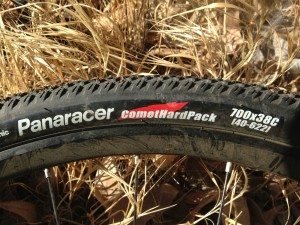 So I grabbed a set of Panaracer Comet Hardpacks in a 38mm size. Interestingly, they label them as a (40-622). Accordingly, they, at least when mounted with tubes on a 22mm internal width rim, are a true 40mm wide tire. Bonus! The mini knob tread pattern also looks to add some grip in loose soils. I did not try them tubeless. How did it work out? Well they are actually a bit lighter at 480g, but they feel slower on pavement. They just do, no getting around that fact. But everywhere else they are a win, giving me a very nice ride at 40psi, and even at higher mid40s pressures, they still do well where the smaller Trigger Pros were buffering less trail impacts for me. Traction is fine as well and I have ridden these on single track that required some climbing and cornering grip or I would have crashed. Quite good, these are.
So I grabbed a set of Panaracer Comet Hardpacks in a 38mm size. Interestingly, they label them as a (40-622). Accordingly, they, at least when mounted with tubes on a 22mm internal width rim, are a true 40mm wide tire. Bonus! The mini knob tread pattern also looks to add some grip in loose soils. I did not try them tubeless. How did it work out? Well they are actually a bit lighter at 480g, but they feel slower on pavement. They just do, no getting around that fact. But everywhere else they are a win, giving me a very nice ride at 40psi, and even at higher mid40s pressures, they still do well where the smaller Trigger Pros were buffering less trail impacts for me. Traction is fine as well and I have ridden these on single track that required some climbing and cornering grip or I would have crashed. Quite good, these are.
Now if I was on very smooth, harder surfaces all around, or more pavement than dirt, OR I was very concerned with having a faster feeling tire for long climbs, the Specialized Trigger Pros would stay on the rims. They are also tubeless (2Bliss) ready. But I am going to compromise a bit of speed there for the increase in tire volume and what that brings to the game. And a more comfy, confident rider is often the faster rider.
This experience also validated my choice to get a bike frame that could handle at least a 40c tire. If I had compromised with a bike that topped out at 38c, I would have been sorry.
Saddles: Keepin’ the butt smiling.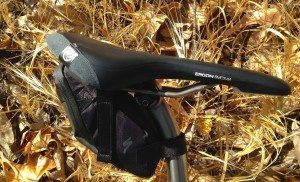
Now that you have that image firmly stuck in your mind, I have been trying quite a few saddles as the option to the Ergon SMC3M (is that a terrible name or what? I am sure it means something very important to Ergon, but really? Named by a German engineer, no doubt) I tried a Fizik Alliante (great padding, but maybe too soft as I would get hot spots after a bit), a Specialized Power (ahhhh….no), a Phenom (very close but too firm), and considered a few others before coming back to the Ergon again, which had been almost, but not quite right. I do not know what happened in the process, but when I reinstalled it and went for two hard weekend rides, the Ergon just absolutely rocked. I did run it quite a bit to the rear, almost at the end of the rails markings (and that was with a lay back post too) and tweaked the tilt as well. Whatever I did, it worked and the SMC3M…that moniker just trips off the tongue and inspires, yes?…the SMC3M is giving me the right amount of support, padding, and comfort to look like a gravel bike keeper.
Gearing: Getting low and staying close.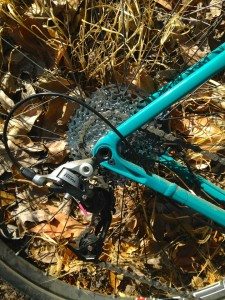
A road gearing setup does not work for a gravel bike, at least not where I live. The 50T big ring was ridiculous on there and I was spending too much time in the top half of the cassette when I was in it. the 34/32 low combo was actually not too bad as a low gear, but a bit lower could be a good thing around here. So I knew the 50T had to go. I also wanted to tighten up the gap between the chain rings. A 34 to a 50 is a pretty big jump and while I put up with it on my road bike where I need a 50T big ring and I need a 34T small ring (rear is an 11-28), I knew that a cyclo cross ring set of 36/46 would get me a better setup. But that meant getting a bigger rear cog somehow or I would be losing low end and I could not afford that.
SRAM just recently came out with an 11-36 11spd cassette that does not require an XD driver body like the 1042 stuff does. The problem is that they do not recommend running it with any of the road stuff they have now in a double crank and with the 2x rear derailleurs that bundle with that. So Rival 22, and the mid cage length that spans the 11-32 cassette, was not designed to shift a 36T rear cog. Now we also know that SRAM specs a 1:1 Direct Activation pull ratio across much of the MTB and road line, so you typically can run an MTB 10spd rear derailleur on a 10spd road shifter and it will be fine. 11 speed gets a bit more finicky, and after talking to SRAM to see how to get a 36T top cog on my Rival 22 setup, there was no good ‘official’ solution.
What has happened over the years, as drive trains have become more sophisticated and complex, is that the boundaries have become a bit constrained on what you can and cannot do without compromising shifting performance. So while there might be things you can do that go ‘outside the box’ of engineering recommendations, the result might be less than perfect so no manufacturer will say it is OK.
But we need to get things they way we need them, they way they meet our needs, or why have them? The Burger King approach. So I took the official ‘box’ and set it aside for a moment, ordered an 11-36 11 speed cassette, and waded into uncertain waters. Now one thing I like that SRAM does, is the aforementioned Exact Actuation being used across road and MTB in many cases. That gets you a lot of flexibility in what you can accomplish, even if they do not officially approve. I also like the light weight and solid action of the components, but that is besides the point. I figured I could run a 10spd MTB rear derailleur and get that 11-36 to work if the mid cage Rival 22 would not span the cassette.
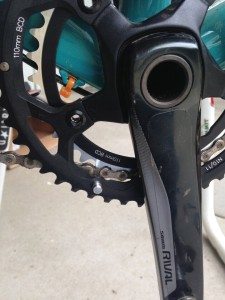 First I installed the PG 1130 11-36 cassette on the DT Swiss hub, replacing the stock 11-32. Staying in the 34T ring I carefully moved up the cassette till I hit the 36T and then clicked that last click, expecting to have some adjustment to make or even see a no go. It just went there into the 36T like it was made for it. Really????!!!! Then I swapped the 34/50 for the 36/46, which kept my overall tooth count the same, letting my chain length be unaffected, and that was that. I have run that way since then with no issues.
First I installed the PG 1130 11-36 cassette on the DT Swiss hub, replacing the stock 11-32. Staying in the 34T ring I carefully moved up the cassette till I hit the 36T and then clicked that last click, expecting to have some adjustment to make or even see a no go. It just went there into the 36T like it was made for it. Really????!!!! Then I swapped the 34/50 for the 36/46, which kept my overall tooth count the same, letting my chain length be unaffected, and that was that. I have run that way since then with no issues.
Is it 100% perfect? Maybe not. But I will take 99% if it keeps me from breaking legs on long climbs. I suggest you use SRAM chain rings as the hidden bolt approach they use makes any other ring set ‘clock’ wrong on the big ring and the pin for chain drops on the big ring will not line up with the crank arm.
Now the moral here is that this is outside the approved limits of what SRAM says you should do and I do not suggest you do this. It works so far, but it might not work for you and if it breaks and kills you, don’t call me or SRAM and complain. We are swimming in shark infested waters, full of lawyers.
So after all this….
…how has it been to ride the Warbird? Well…really, really, fun and also educational. As a genre, that being this gravel bike thing, the whole experience of riding a modified road bike on trails and dirt roads takes some getting used to. The bar position, narrowish tires, and lack of any suspension makes for a busy moment at times. But I am also stunned by what I can ride off road and not die in the process. The high and low points:
Highs
• Climbs like a scalded cat. Man is it fast uphill on hard dirt and with the lighter tires/wheels and all, it does not need as deep a gear as you would expect to climb steep grades.
• On the paved connectors in between dirt, it just kicks butt on a mountain bike, even when compared to a light 29er hard tail.
• Fun in a new and challenging way. It opens up new ideas for riding routes. Are you bored ever since Fat Bikes became ‘normal’? Try this.
• It ups your skills or at least will show you where your skills might be lacking…techy sections, etc. It is a fencing sword, not a broad axe.
• The gearing is really good now. That 36×36 low gear is low enough for most anything I would need to ride around here and if I need to, 34×36 is easy to do. Love the 36/46 crank set up.
• Love the Cowbell handlebars. The 46mm width and the mild flare of the drops section just works so well. I do wish they were ergonomically shaped at the flat section between the stem and the first bend, like my Ritchey road bike bars are. That makes for a comfy place to rest hands.
• Oh yeah…how did I ever live without a frame bag like the Revelate Tangle? No idea. Just love it.
Lows
• Descends like a road bike with sort of fat tires. You know, there are really good reasons for MTBs to exist and suspension and 2.2 inch wide tires are some of them. Ruts are a beat down. Sand is the devil. Rocks require some tip toe action. I have come back from longer rides on rough fire roads semi-wrecked from the pounding and no steel or Ti or bamboo or Playdough frame will change that.
• You better learn to love the drops because you will spend quality time there on faster, techy stuff. Or die on the hoods. Seriously, going to the drops is just where you need to be when it is steep and pointed down, fast or rough. It all works better when you are there, no matter how ergonomic the brake hoods are.
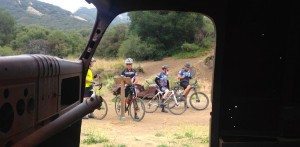 I have taken the Warbird on many hours of riding now, from mixed loops of paved and dirt to remote, unmaintained fire roads and well groomed hiking trails in park lands; 40 MPH paved descents and 4 MPH single track climbs.
I have taken the Warbird on many hours of riding now, from mixed loops of paved and dirt to remote, unmaintained fire roads and well groomed hiking trails in park lands; 40 MPH paved descents and 4 MPH single track climbs.
I have been so impressed with how it has handled it all that I look forward to the next ride and what it will show me. It really has been a fun bike. As far as specifics, the handling has not been anything but just right so far, not too quick or scary, and the ride is firm but acceptable, with most of the hits coming through the front end. The back of the bike seems to be quite forgiving, even when standing, and seated use on the Ti post and the well padded Ergon saddle is very easy to live with.
I had a brief chance to pedal a steel version of a gravel bike from a rival builder. It was likely a pound or so heavier but had a similar build to my bike. I think, in the parking lot test I gave it, that it might be slightly more compliant…no surprise really, with that kind of springiness that steel offers… but it also did not *pop* forward with every pedal stroke like the Warbird does. Gravel RACE bike, remember? It’s a trade off but I don’t think I am giving up too much really and I am gaining some too.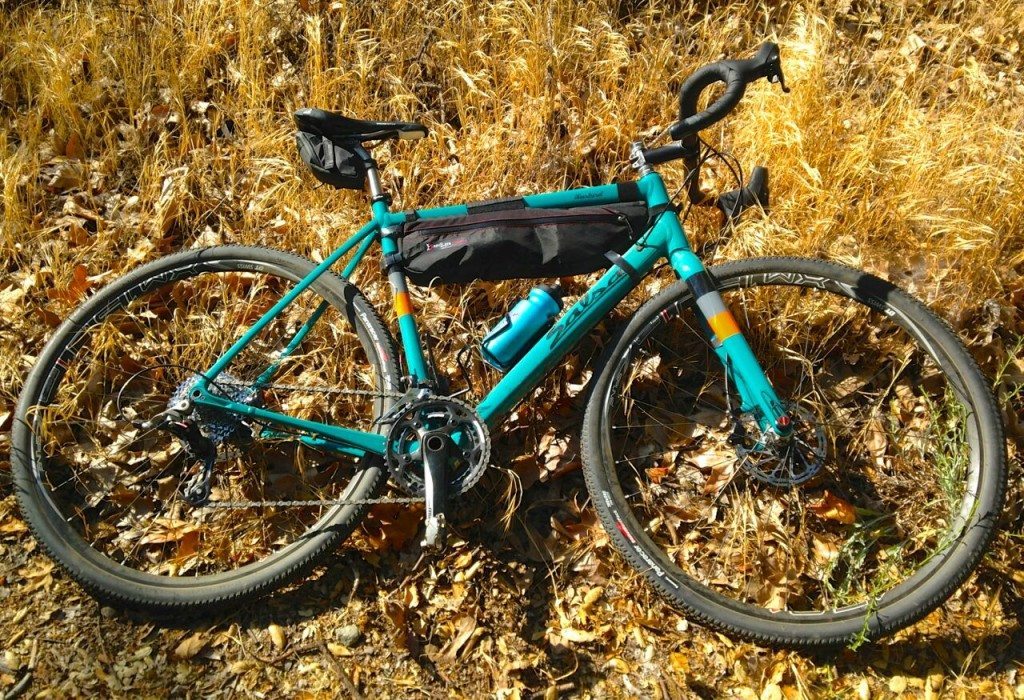
What is next? I think that the SRAM Rival 1 1X road stuff would be killer for this bike. A 10-42 cassette and a 42T chain ring would be the same gear spread as what I have now, although with bigger gaps between gears. I don’t think I would care too much about that, the increased gaps between gears. On my road bike, more likely, but I am not gonna’ be pace lining this thing and ditching the front derailleur makes a ton of sense for this application. Other than that, we shall see what happens on race day in July when I point it at some mountains in Utah and start to pedal.
Stay tuned.
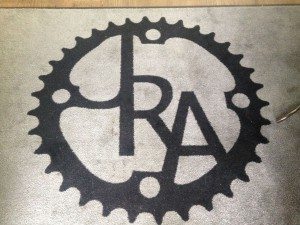 By the way, if you are in So Cal and are looking for a bit of info on some gravel bikes or a demo ride, check out JRA bike shop in Agoura Hills, Ca, jrabikesandbrew.com They are pretty excited about this trend and the owner is all in, leading regular gravel rides out of the shop. Good coffee too.
By the way, if you are in So Cal and are looking for a bit of info on some gravel bikes or a demo ride, check out JRA bike shop in Agoura Hills, Ca, jrabikesandbrew.com They are pretty excited about this trend and the owner is all in, leading regular gravel rides out of the shop. Good coffee too.


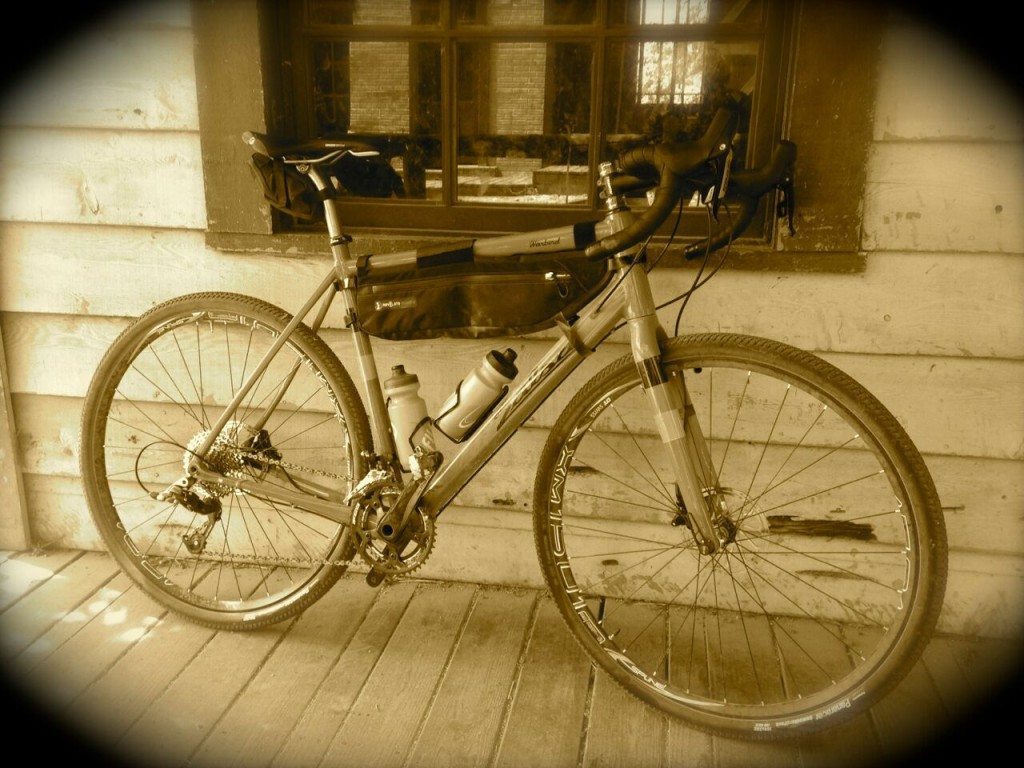
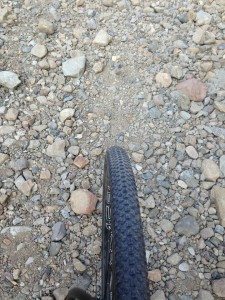
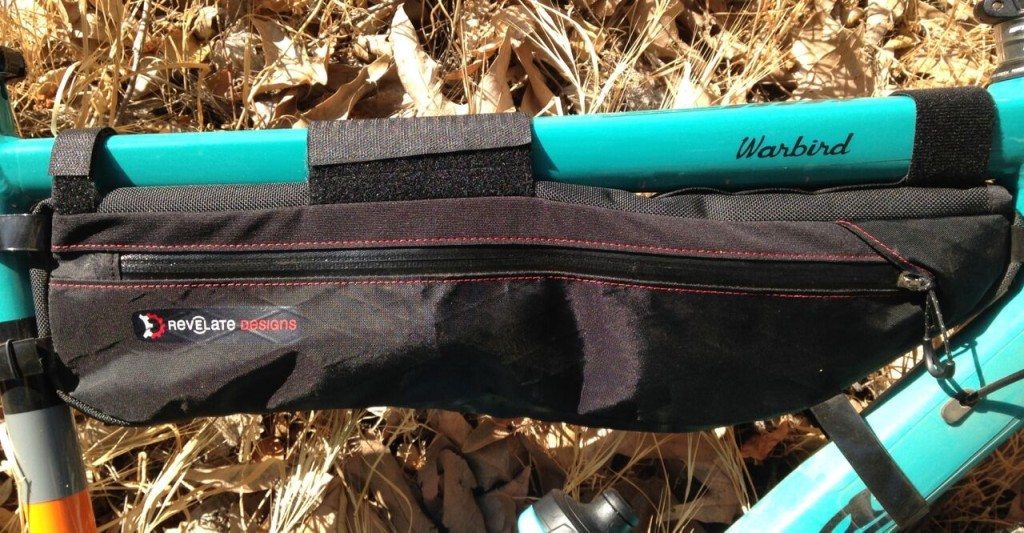

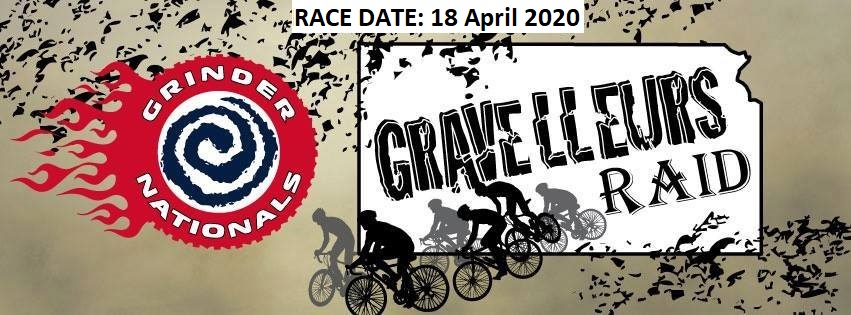
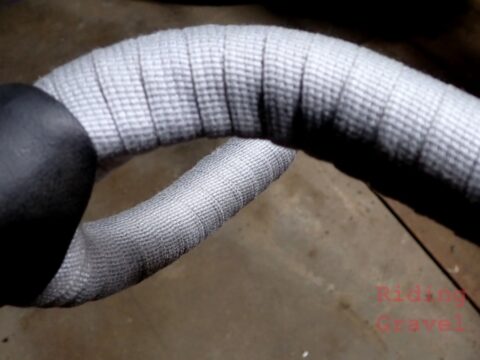
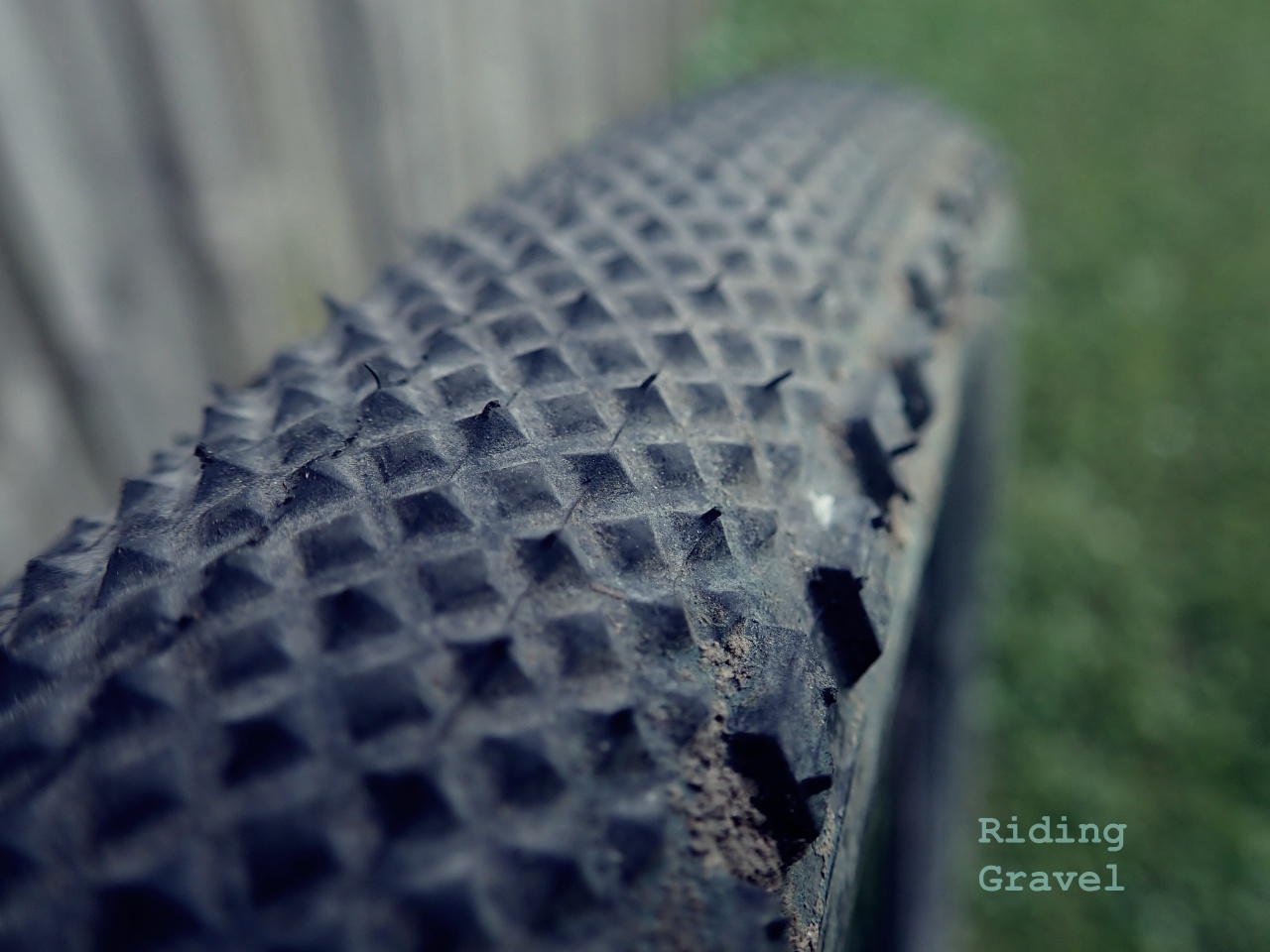
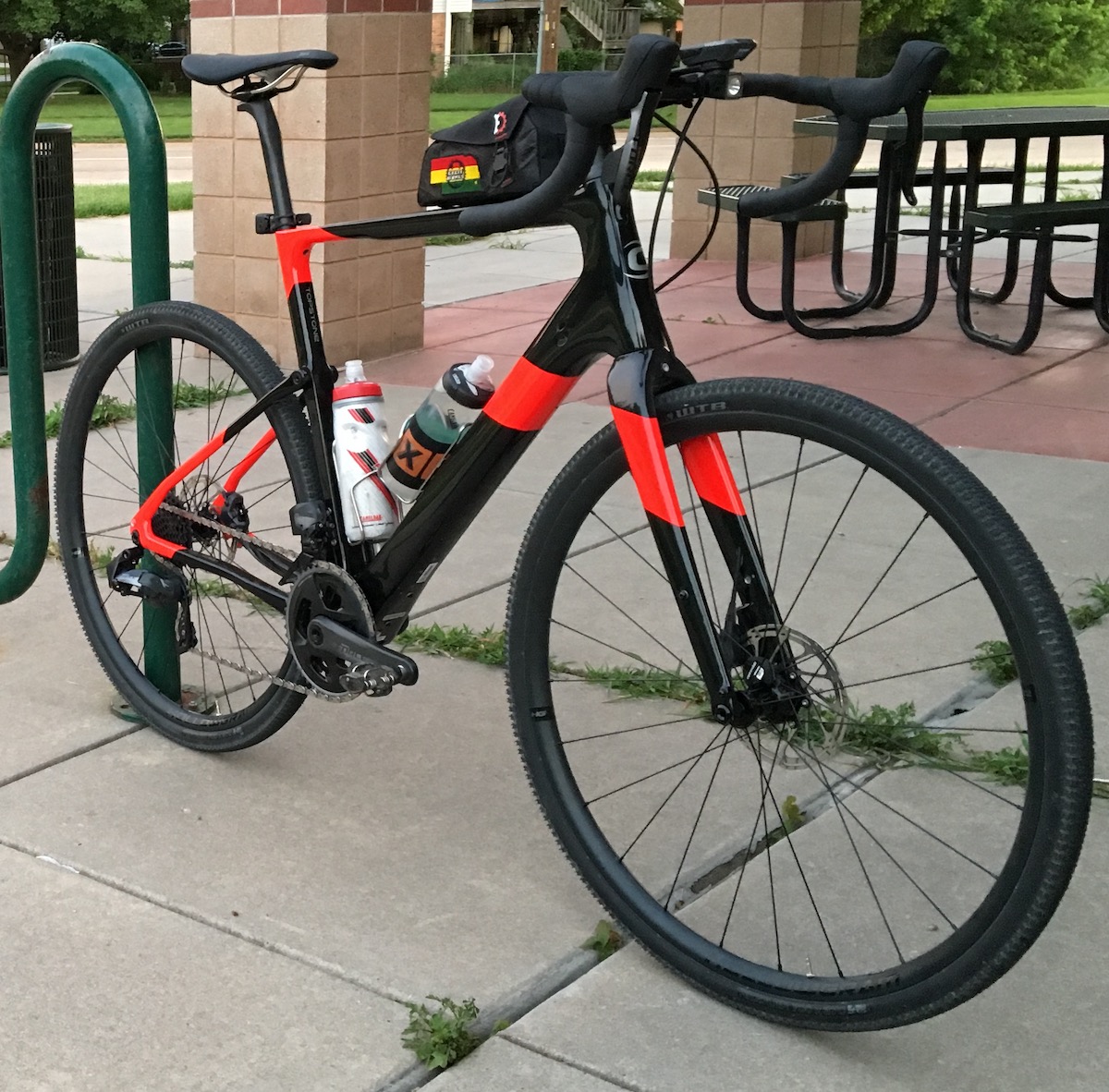
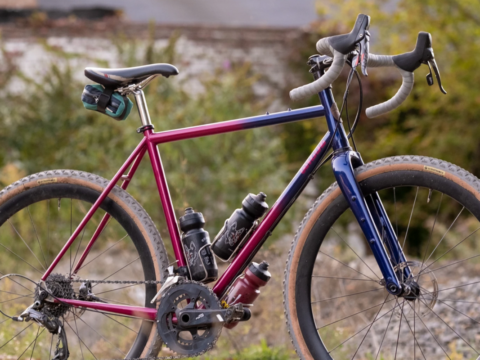
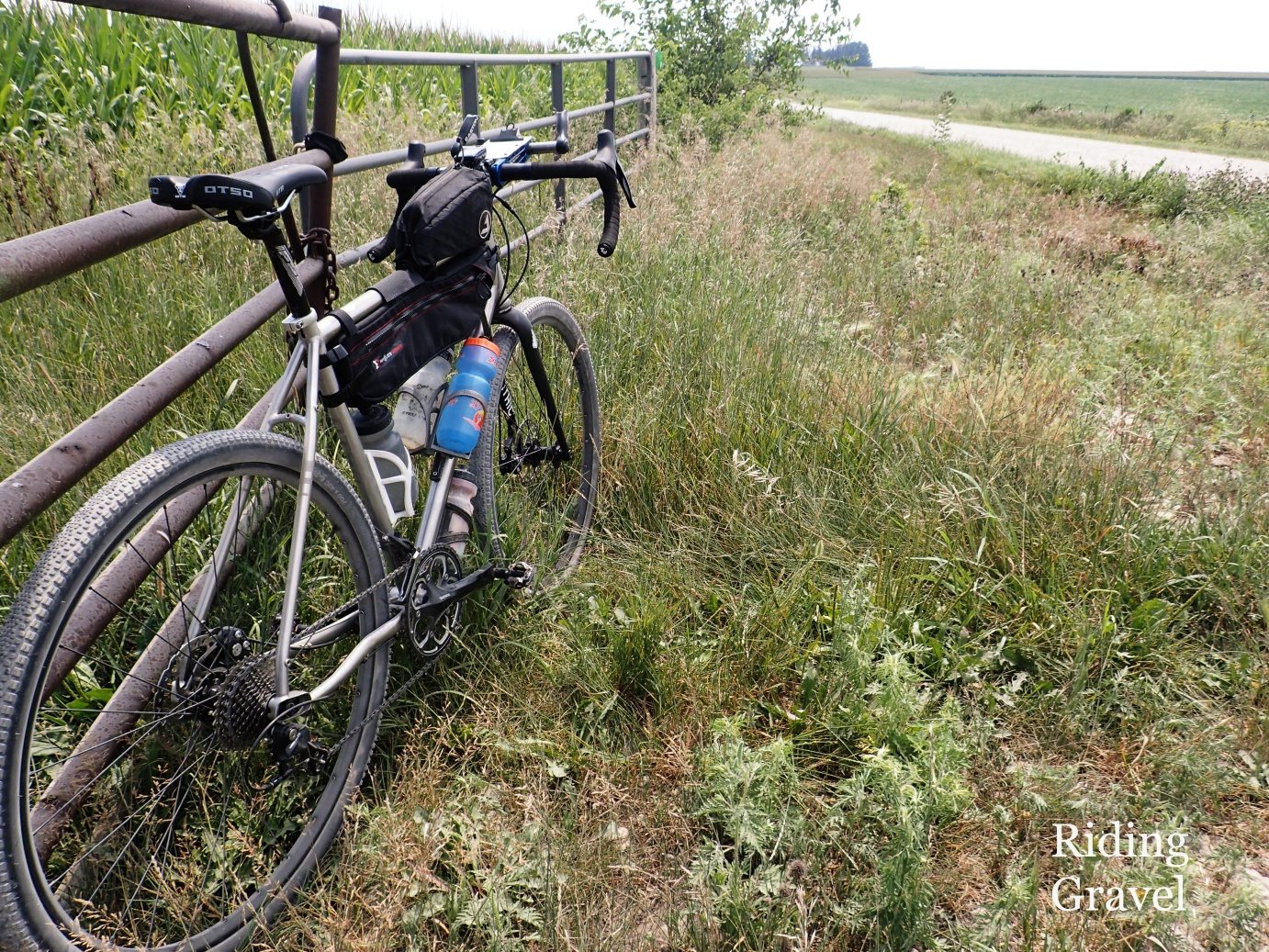
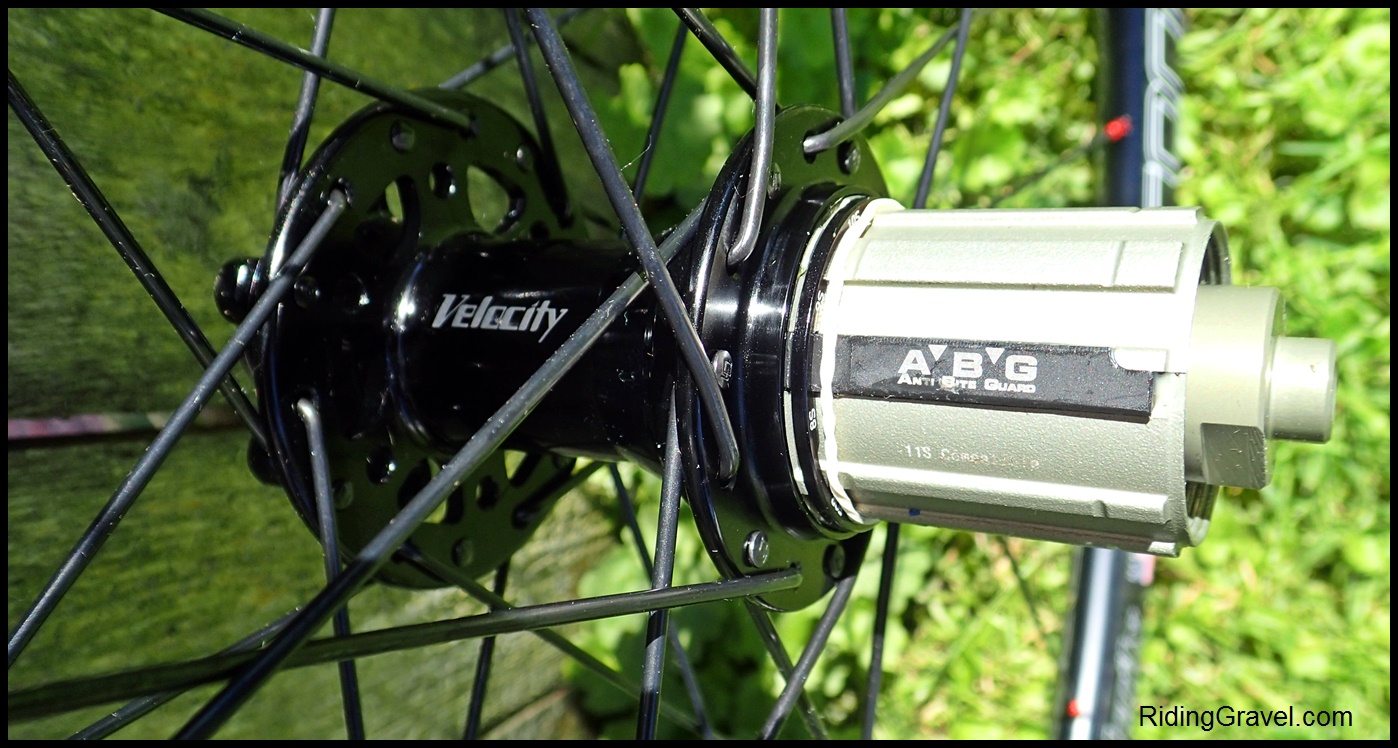
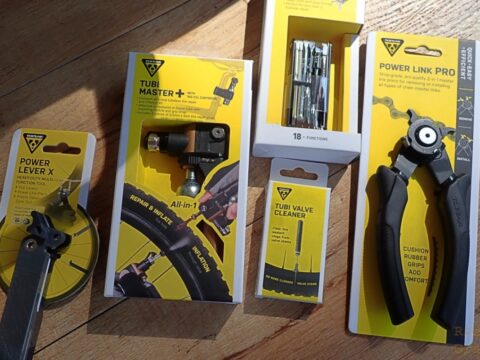

Ted-
Thanks for the info. Perfect for me since I ride socal trails. Currently on a TCX with WTB 40s, SRAM 10spd, wi-fli, 11-32, 50-34. On your decision to run the 11-36, I talked to a couple of guys on cross bikes at the cedar city UT fire road race who essentially had done the same thing. They had Wi-Fli rear der. with 11-36s. They said it shifted fine. suppose if you kept the 50 on you would have to watch that full cross.
I did a couple of races on my setup this year and was glad to have the 50. Old Caz in sonoma county and rock cobbler in bakersfield both required top end on pavement and the 50X11 was welcomed.
Great article – especially the sections on tires and gearing. It pretty much reflects my own thoughts and experience. And the highs and lows are spot on.
Did you consider a SRAM CX 1 RD? Do you think that would work with a double in front?
Earlier in the year, on my old cx bike, I ran a 46/34 in front just by changing out the small ring on the standard cx crankset. I ran that with a 12-30 rear (10-sp) and it was ok for all but the biggest/longest/steepest climbs.
I’m also in SoCal – Warbird in carbon on order. For the new bike I’m planning on using a 50/34 w/11-36 as I plan to have a 2nd set of wheels/tires w/11-28 for primarily road use. I was also wondering if something like a 48/34 or 48/36 would work though not sure if 48 rings are even available.
Regardless, you post was timely for me as re fitting the 11-36.
i gotta agree with you on JRA Bikes & Brew. Great bikes, great coffee, phenomenal people. They have a wide range of gravel bikes in stock, including the Warbird. I nearly walked out of there with a new bike despite just passing through on a business trip.
Nice write up. As far as getting super low gearing goes, ive gone down the same road as you with my La Cruz, although running 10 speed. After fitting an x9 rear derailleur and 36 cassette i realise it makes more sense to shrink the chain rings to match the cassette rather than expand the cassette to match the chain rings. This does of course means a new crankset. Mid cage derailleur, less chain, smaller cassette are all benefits (increased wear is a downside). Seeing as this is a bit of an old post maybe you’ve addressed this more recently, but an ultra compact crank like a sugino OX or a white Industries seems like the more logical solution to this problem.
“ 40 MPH paved descents and 4 MPH single track climbs.”
This peregrination points to the pleasing prospect of pushing the parameters of pedal-powered perfection.
Thanks for wringing out the prospects of an all-roads bike!